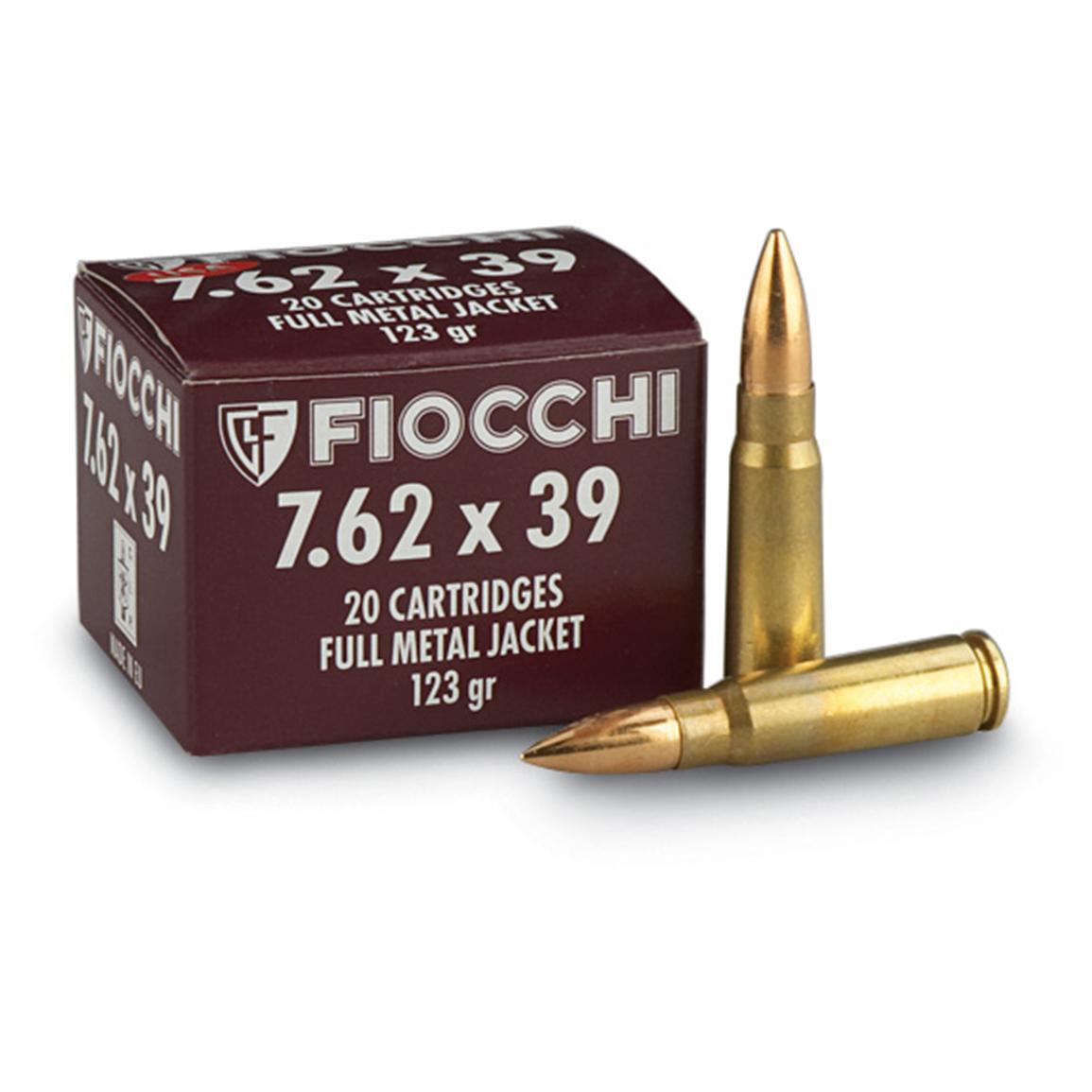
In 1878, Smith and Wesson introduced the
Model No. 1 1/2 Single Action Revolver and with it the .32 S&W cartridge. The .32 S&W is a straight walled, rimmed, center fire cartridge that was originally loaded with black powder. It has been loaded with smokeless powder for at least 70 years now.
The .32 S&W should not be confused with the .32 S&W Long, which is simply a longer case loaded with more powder and generally the same bullet.
In fact, the original .32 S&W is sometimes referred to as the .32 S&W short.
My affiliation with this obsolete round comes from the Iver Johnson safety revolver that I purchased for my Dad a few years back. We purchased several boxes of magtech factory ammo for it. Our gun is a later production item in good shape, so I was not too concerned with it blowing up in my face. That said, the magtech does seem to be a little on the hot side. Some of that might be the 85 grain bullet as opposed to the 78 grain I currently load. The heavier the bullet, the stiffer the recoil.
 I have been loading the magtech brass topped with a 78 grain rim rock rn bullet over 1.6 grains of Unique. That load is good for right around 400 FPS over my crony. Not fast no, but plenty accurate and easy on the gun. Yes it is possible to hit something with one of those guns. I am currently working up a load using titegroup. I recently bought a chamber adapter for my Mosin Nagant that allows the use of .32 pistol ammo in the old battle rifle. That allows me to work up a load safely in a chamber designed for much higher pressures. Even if I overload it to the extreme, the gun is more than capable of handling the pressure. Once the fps is comparable to the Unique load, I can load it into the 100 year old revolver with some confidence. Loading these little jems is such fun. The magtech brass has held up very well. The only downside is the light powder charges. My powder thrower just won't dispense that low of a charge and powder dippers can be unreliable at that small a charge.
I have been loading the magtech brass topped with a 78 grain rim rock rn bullet over 1.6 grains of Unique. That load is good for right around 400 FPS over my crony. Not fast no, but plenty accurate and easy on the gun. Yes it is possible to hit something with one of those guns. I am currently working up a load using titegroup. I recently bought a chamber adapter for my Mosin Nagant that allows the use of .32 pistol ammo in the old battle rifle. That allows me to work up a load safely in a chamber designed for much higher pressures. Even if I overload it to the extreme, the gun is more than capable of handling the pressure. Once the fps is comparable to the Unique load, I can load it into the 100 year old revolver with some confidence. Loading these little jems is such fun. The magtech brass has held up very well. The only downside is the light powder charges. My powder thrower just won't dispense that low of a charge and powder dippers can be unreliable at that small a charge.Modern day carry guns can provide much more powerful cartridges in a package about the same size as the old .32 revolvers. So the case for carrying one of the old antiques is just not there. And there goes the case for the .32 S&W as a modern defensive round. Though, that is exactly what it was intended for. And really, compared to the .25 acp or .22 lr, it is a better round. Both of those rounds see plenty of use in carry guns today, though they both produce less energy than the old .32.
It was the .32 S&W that took the life of President McKinley in 1901, though the 2 bullets that struck him did not cause his immediate death.



